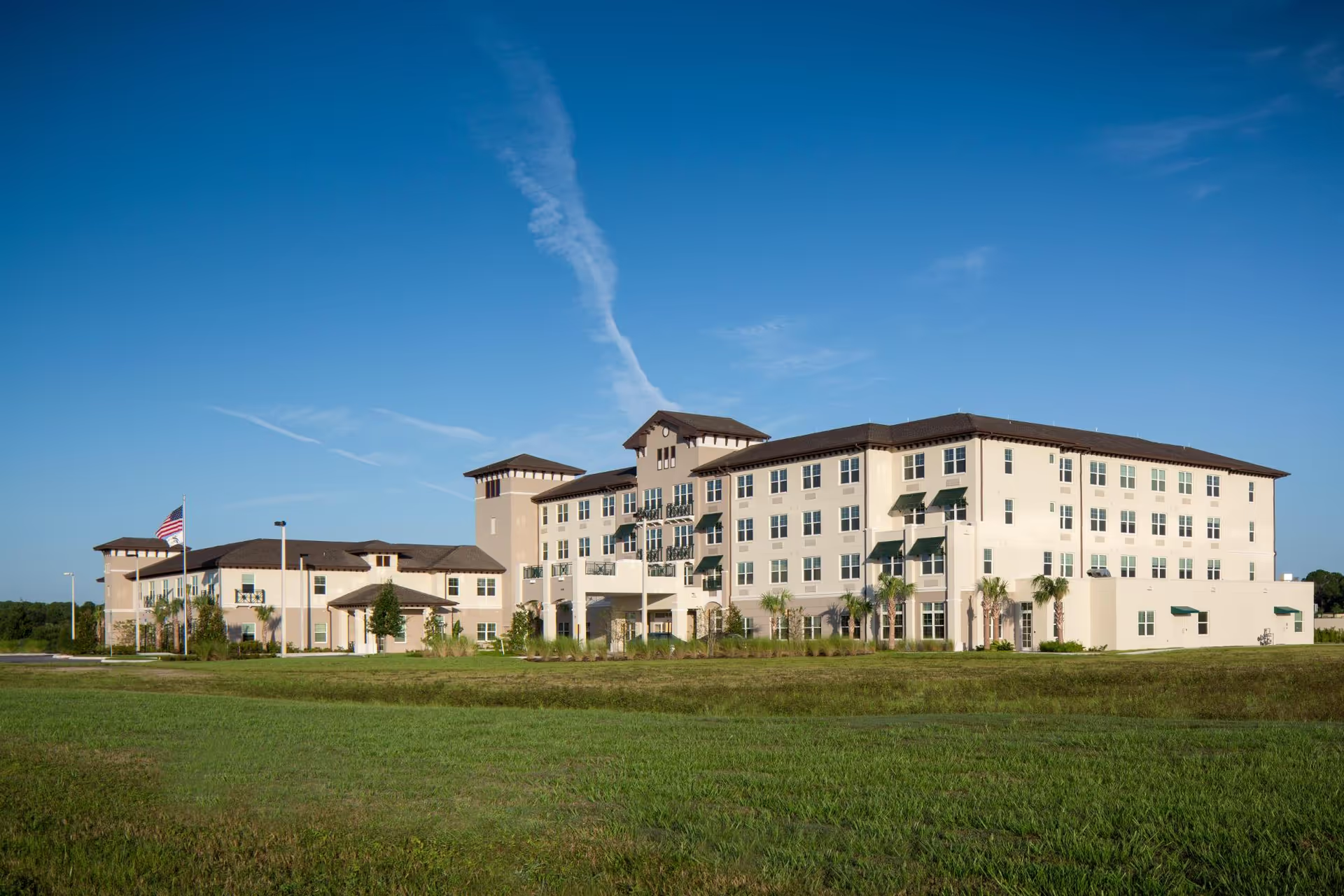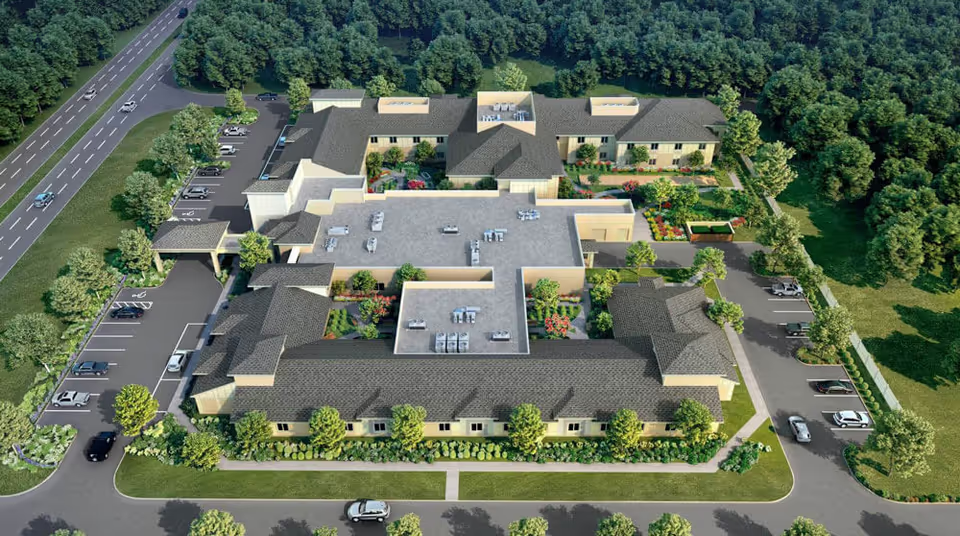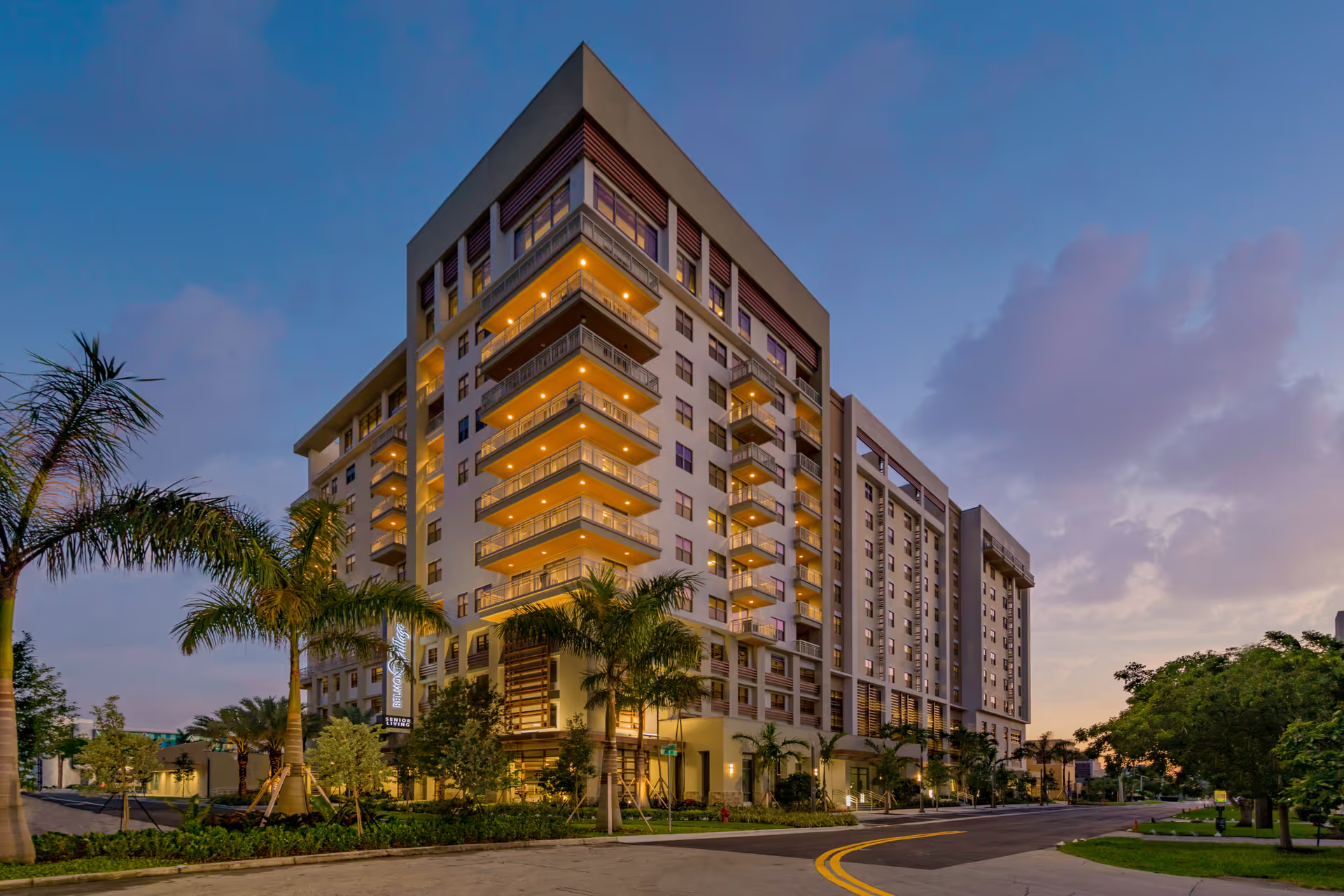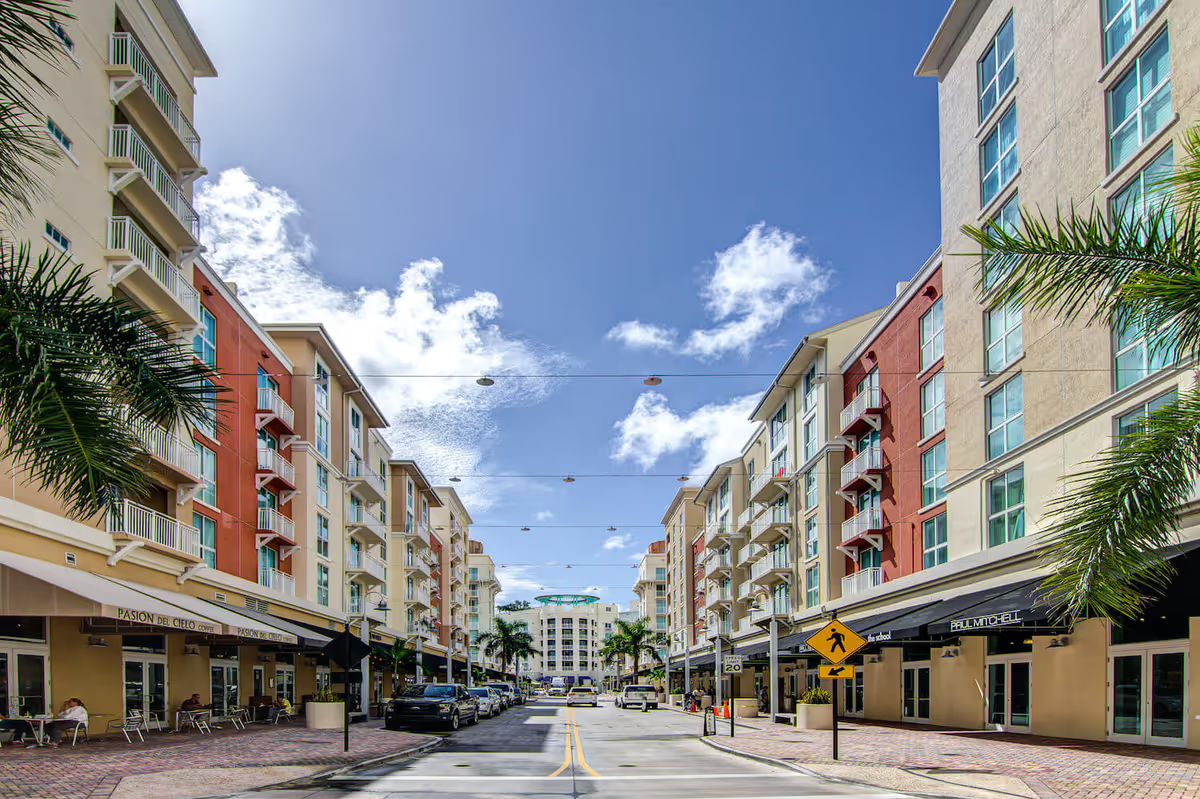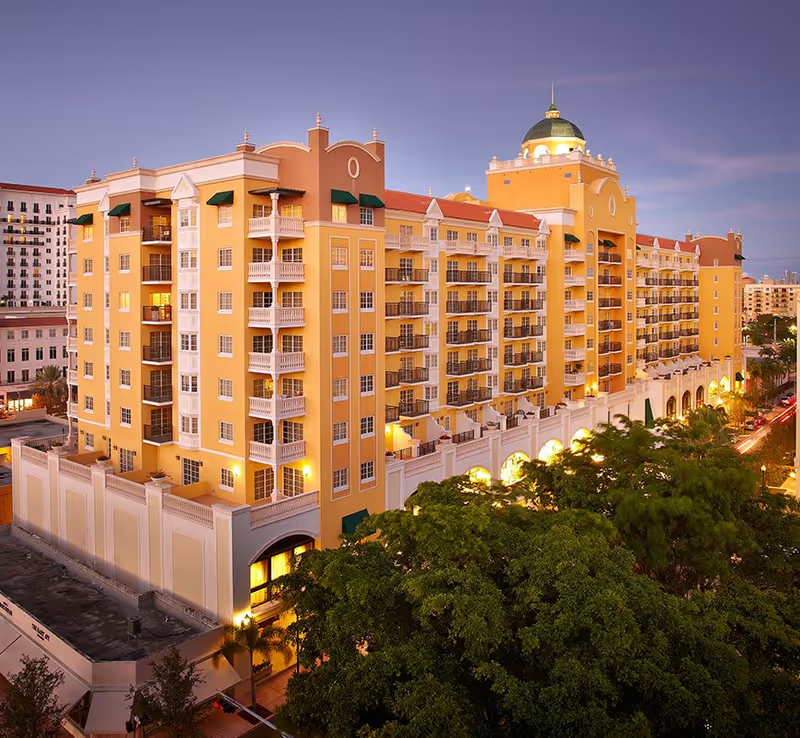Overall sentiment: Reviews for Seasons Largo are strongly polarized. A large portion of reviewers describe a bright, modern, dementia-friendly community with compassionate, family-like staff, engaging activities, and attractive amenities. However, a noteworthy subset of reviews reports serious care and safety failures, poor communication, and management problems. The result is a mix of glowing endorsements from families who found peace of mind and dramatic negative accounts from families who experienced neglect or worse. Any prospective family should weigh both the many positive first-hand experiences and the serious critical reports when considering Seasons Largo.
Facilities and design: The facility’s aesthetic and design are among the most consistently praised features. Multiple reviews highlight a whimsical, homelike interior with outdoor-street-inspired corridors, porches, white picket fences, abundant greenery, and tasteful seasonal decor. Memory-care-specific design elements and involvement with USF Byrd Alzheimer’s Institute are cited as strengths that help residents with navigation and comfort. On-site amenities that appear frequently in positive feedback include an aviary/bird sanctuary on the memory floor, a therapy gym, pond area, “man cave” with a pool table, library, and multiple activity spaces. Some reviewers note smaller bedrooms and layout issues (e.g., dimly lit rooms, elevator access challenges, only patio outside access), so room size and specific floor layout can vary and should be verified in person.
Care quality and clinical concerns: There is significant variability reported in care quality. Many families praise attentive, loving, and trustworthy nursing and caregiving staff who provide hands-on, compassionate care and go beyond expectations—particularly in memory care. Conversely, multiple reviews describe clinical lapses including delayed or missing medications, late meals/meds, missing or inconsistent nursing coverage after hours, mishandled antibiotics, delayed diagnosis of infections (including C-diff), pressure sores, dehydration requiring hospitalization, and other neglect indicators. There are very serious allegations in a minority of reviews — including claims of elder abuse, staff misconduct, criminal activity by ownership, a wrongful death verdict mentioned (10.5 million), and other severe safety concerns. These are not the dominant narrative but are significant and merit careful inquiry by any prospective resident’s family.
Staffing, management, and communication: Staffing and leadership receive mixed ratings. Many reviews celebrate particular staff members (nurses, move-in specialists, executive director Eric Tucker, Charline, Jada, Delores, and others) and describe a team-oriented, family-like culture, especially after management changes. Several reviewers report major improvements and more responsive leadership following new management. However, a recurring negative theme is understaffing, high turnover, poor communication, and inconsistent follow-through—examples include missed calls, no receptionist on duty, unanswered outreach, generic auto-replies, and instances where management did not respond to concerns. Some reviews call out specific problematic employees or leadership failures (e.g., named head nurses, DON behavior). The pattern suggests that while committed caregivers exist and can deliver excellent day-to-day care, systemic staffing and managerial inconsistencies have caused harm or distress for other families.
Dining and activities: Dining and activities received polarized assessments. Many reviewers report chef-prepared, fresh, Mediterranean-style meals that residents love, with social dining experiences and frequent special events. Others describe poor, cold, repetitive, or low-quality food, problems with food service timing, unhygienic dining practices (reused utensils, dining areas not wiped), and paper-plate service. Activity programming is often described as a strength—creative calendars, live musicians twice weekly, holiday events, outings (dinner/fishing/shopping), gardening, bingo, movie nights, and cognitive stimulation programs—yet a smaller subset found activities repetitive or insufficient. COVID-era restrictions also temporarily limited access to common areas and socialization in some reports, though several reviewers note activities and outings resume as conditions improve.
Safety, hygiene, and operational issues: Multiple reviewers document hygiene and operational problems in the negative accounts—unwashed laundry for weeks, lost or discarded clothing, filthy rooms, urine odors, dirty aquarium, and housekeeping lapses. Safety-specific issues are also present in the feedback: an absent defibrillator for months as reported by one reviewer, privacy/HIPAA breaches, and instances of residents left without showers or assistance. A few reviewers explicitly mention theft, security problems, medication charges, unplugged refrigerators, and discrepancies in billing. These are less commonly reported than compliments about the facility but represent significant red flags that should prompt direct questions during a tour and in follow-up with administration and ombudsman resources.
Consistency and patterns: A dominant pattern is inconsistency—many families have overwhelmingly positive experiences while others experienced severe shortcomings. Positive reviews often emphasize stability, loving long-tenured caregivers, responsive leadership (in some reporting periods), excellent programming, and a clean environment. Negative reviews frequently cite short staffing, administrative unresponsiveness, inconsistent food and clinical care, and in extreme instances, neglect or abuse. Several reviewers note a turning point when management changed—some saw improvements, others still experienced gaps. This suggests that experiences can depend heavily on staffing levels, individual employee performance, and the current management environment at the time of placement.
Value and recommendations: Pricing and value are also mixed. Some reviewers say the cost—especially for memory care—is worth the peace of mind and quality of life gained. Others feel the community is overpriced given the inconsistent care in their experience. Given the divergence in experiences, prospective residents and families should conduct a thorough, up-to-date in-person assessment: tour multiple unit types, ask for recent staffing ratios and turnover data, review incident reports and corrective actions, inspect kitchens/dining and housekeeping practices, verify clinical coverage (including after-hours), ask about emergency equipment and recent audits, and speak directly with several families and current residents. If memory care is needed, confirm the community’s dementia-specific programming, staff training, and the extent of Byrd Institute involvement if that is a deciding factor.
Bottom line: Seasons Largo presents many genuine strengths—an inviting, dementia-friendly environment; numerous well-loved amenities; a cadre of dedicated caregivers; and vibrant activities that enhance residents’ quality of life. However, the community has also received serious and sometimes alarming complaints about clinical care, staffing, safety, and management responsiveness. These conflicting reports make it essential for families to perform due diligence, ask targeted questions about recent changes and incident resolution, and monitor ongoing care after move-in to ensure the positive experiences described by many are the ones their loved one will have.
